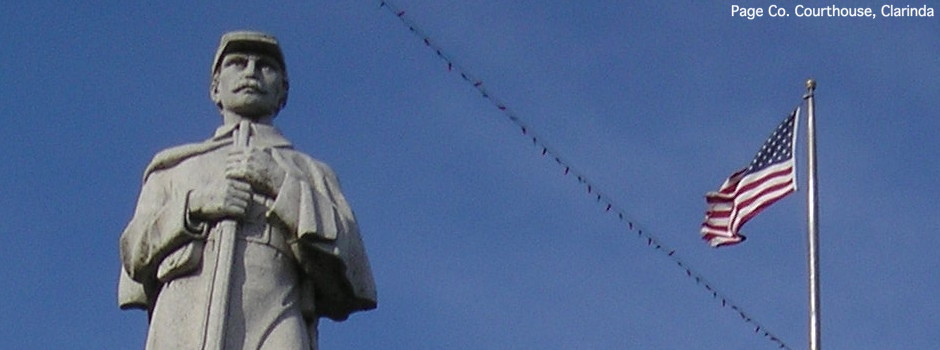Des Moines is out to remake its nearly 65-year-old system of downtown streets, the Register reports. It’s a combination of doing the right thing for the wrong reasons, and doing the wrong thing for stupid reasons.
One-way streets are the second-worst thing a driver can encounter, behind only roundabouts, which are tools of the devil. (Unfortunately, the devil is very active in Cedar Falls and Cedar Rapids as of late.) Getting rid of one-ways on streets wide enough for two-way traffic is a positive thing.
The hard part with doing this in Des Moines is that the one-way system dates back to 1953 (see Jason Hancock’s “Highways of Des Moines”) and is baked into the grid. Cedar Rapids, which is also converting one-ways to two-ways, largely doesn’t have this problem. The I-235 downtown exits are based on one-ways. The map doesn’t make clear how the 2nd/3rd and 8th/9th splits south of downtown would be un-unified, or how DART routes would change from the shiny new station at 6th and Cherry. (And then, of course, nothing happens to East 14th/15th without the Iowa DOT’s say-so.) Every major intersection involved will need new stoplights. That may be why the expected completion date is 2030.
But — and there’s always a but — the plan also involves subtracting lanes of traffic, including not just the most active downtown arterials but a big chunk of University Avenue.
To take MLK Parkway — a “southern bypass” of downtown that, compared with the DECADES it was on the city’s wish list, opened the day before yesterday — and yank out one-third of its capacity is nuts. Sacrificing vehicle space for dedicated bike lanes, especially somewhere without the vertical concentration of really big cities, denies the existence of concepts like “winter”, “humidity”, and “traffic demand.”
Findings were presented Thursday after a yearlong case study by Speck and a team of planners from San Francisco.
Well, that explains that.
The money quote comes at the end of the story.
” … If you’re driving and driving is the thing you care about, this would be the down side of the equation of making these extensive and ambitious network changes.”
Because a street system designed for people who have automobiles and commute from houses with yards is so … unsophisticated.
